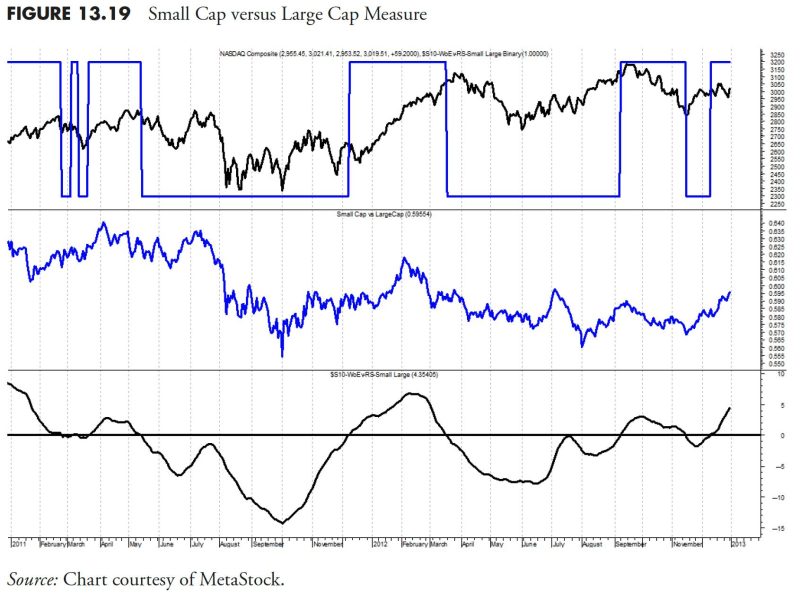Passive investing is a strategy gaining traction in today’s financial world where investors are moving away from active trading and embracing a more hands-off approach. This shift has opened the doors to a variety of rules-based money management techniques that aim to optimize returns while minimizing risk.
One key concept in rules-based money management is relative strength analysis. Relative strength is a measure of a security’s performance compared to a benchmark index or another security. By analyzing relative strength, investors can identify assets that are outperforming or underperforming, which can inform their investment decisions.
Relative strength analysis can be applied in various ways. One common approach is to compare the performance of different asset classes, sectors, or individual securities to determine where to allocate capital. For example, if a particular sector is exhibiting strong relative strength compared to the overall market, an investor may choose to overweight that sector in their portfolio.
Another important measure in rules-based money management is the concept of momentum. Momentum refers to the tendency of an asset’s price to continue moving in the same direction over a period of time. By identifying assets with positive momentum, investors can capitalize on trends and potentially generate higher returns.
Incorporating other technical indicators such as moving averages, oscillators, and volume analysis can further enhance rules-based money management strategies. These indicators help investors assess market trends, identify potential entry and exit points, and manage risk effectively.
Risk management is a crucial aspect of rules-based money management. Implementing stop-loss orders, position sizing rules, and portfolio diversification strategies can help investors protect their capital and minimize losses during market downturns.
Overall, rules-based money management provides a systematic and disciplined approach to investing that can help investors navigate the complexities of financial markets. By leveraging relative strength analysis, momentum indicators, and other technical measures, investors can make informed decisions, optimize their portfolios, and achieve their financial goals in a more structured manner.

